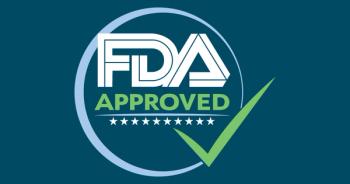
Nasal irrigation can improve oxygen saturation
Here’s news for the next bronchiolitis season. Nasal irrigation with saline solution improves oxygen saturation in infants with bronchiolitis.
Here’s news for the next bronchiolitis season. Nasal irrigation with saline solution improves oxygen saturation in infants with bronchiolitis. Italian investigators compared nasal irrigation using either isotonic (0.9%) or hypertonic (3.0%) sodium chloride solution with simple supportive care in 133 infants with bronchiolitis. The infants ranged in age up to 1 year. A single nasal irrigation with saline solution significantly improved oxygen saturation in these infants but did not improve their respiratory distress score. Whereas the isotonic saline rapidly increased oxygen saturation, the hypertonic saline led to a significant improvement only after 50 minutes (
Ms Freedman is a freelance medical editor and writer in New Jersey. She has nothing to disclose in regard to affiliations with or financial interests in any organizations that may have an interest in any part of this article.
Newsletter
Access practical, evidence-based guidance to support better care for our youngest patients. Join our email list for the latest clinical updates.






